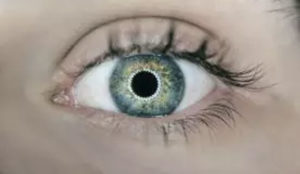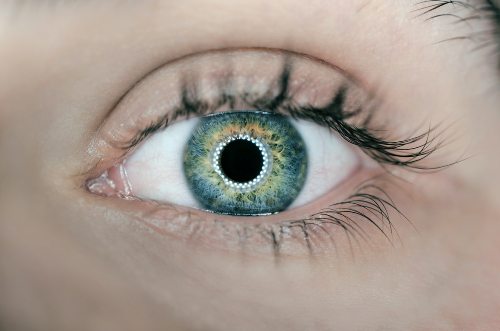Sara Losantos, FMLC psychologist
 It sounds like a mysterious acronym, an unpronounceable term. Behind these four letters, EMDR, lies a technique that allows us to address trauma. It is named after its acronym in English: Eye Movement Desensitization and Reprocessing.
It sounds like a mysterious acronym, an unpronounceable term. Behind these four letters, EMDR, lies a technique that allows us to address trauma. It is named after its acronym in English: Eye Movement Desensitization and Reprocessing.
The EMDR technique in grief allows psychological trauma to be addressed and, although it is not the only technique to exist, it is one of the most modern ones. In Spain, there are two centres that offer training and accreditation related to EMDR:
The use of this tool is not restricted to the treatment of trauma, but there are a wide variety of problems that can be treated by using this strategy. However, in this article we will stick to the use and management of EMDR in grief and trauma.
Effects of trauma on a person
At a general level, we can attest that trauma is articulated on three vertices:
- Intensive thoughts or recurrence of images related to the traumatic situation, which does not necessarily have to be something horrible, but rather something perceived by the subject as such.
- Activated arousal or state of alert, the physiological activation, in which the subject is prepared “as if” something terrible were going to happen intermittently.
- The avoidance of everything concercning the traumatic situation.
During a traumatic event, the experience is perceived as fragmented: on one hand, lies the emotional content and, on the other hand, the rational content or the discourse or narration of what has happened. Intrusive images try to be processed along with the accompanying emotion. But, as activation is so high, rejection leads to avoidance, which in turn prevents processing. We then enter a dynamic in which the patient ends up arriving at the conclusion that they are unable to solve it.
How does EMDR works in grief?
EMDR works through a concept known as bilateralised stimulation. By means of bilaterianised sounds, tapping or eye movements, we get the brain’s two hemispheres to start sharing information. We are inquiring the patient to retell us “what happened” and, in order to achieve so, the most important thing is for them to trust us. This is essential for pain to gradually decrease.
This is the only trick, processing it together, but it makes us very aware because we are trying to place a record in a box of CDs, so we have to try to make the box bigger or – in more technical terms – widen the threshold of tolerance, so that step by step, the patient is able to “bear” more and more information.
With that objective we have to get close to the limit, but without exhausting them. Because, if it overflows, they will once again reject the content and that door will have close. Therefore, we must be very attentive and, when the patient connects with the emotion, or the physical sensation, or the image, or all those elements, we will ask them to evaluate it from 0 to 10 and tell us when it decreases.
How to follow-up the use of EMDR
We will end performing this technique before the patient tells us that they are unable to take it anymore. Afterwards, we will employ the remaining session to explain how the process is working, reinforcing that trust has remained connected, the courage the patient has shown in facing something that causes them so much pain, etc. Furthermore, before the patient departs the session, we will have made sure that they leave in a relaxed and calm state.
Thus, on one hand, activation is working and, on the other, the patient will feel that they are doing things for themselves, and that reinforces them, it empowers and helps them to have more trust in their own abilities.
All these guidelines are designed to serve as a guide for people who have suffered the loss of a loved one or to try to assist someone in their social sphere who is enduring loss.To find out more or to request free psychological assistance, do not hesitate to check our website:



